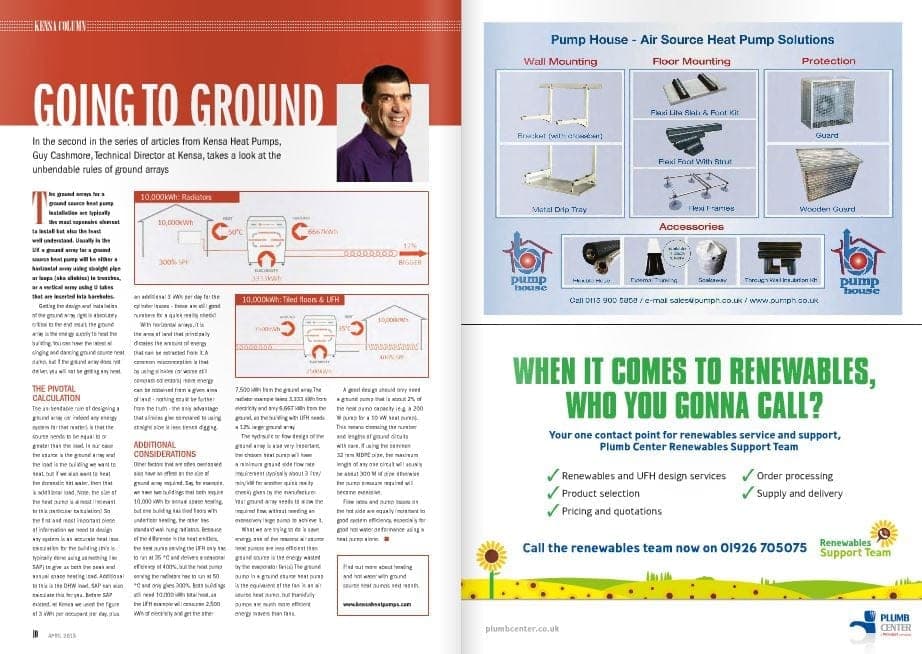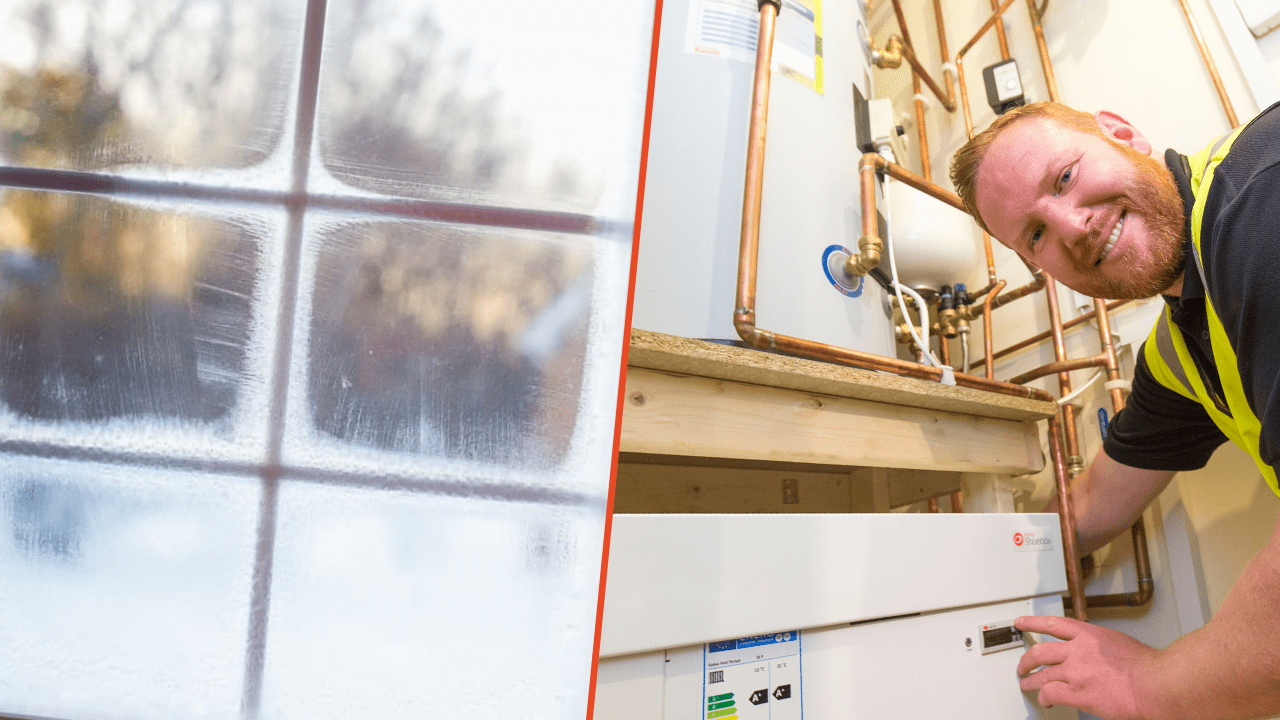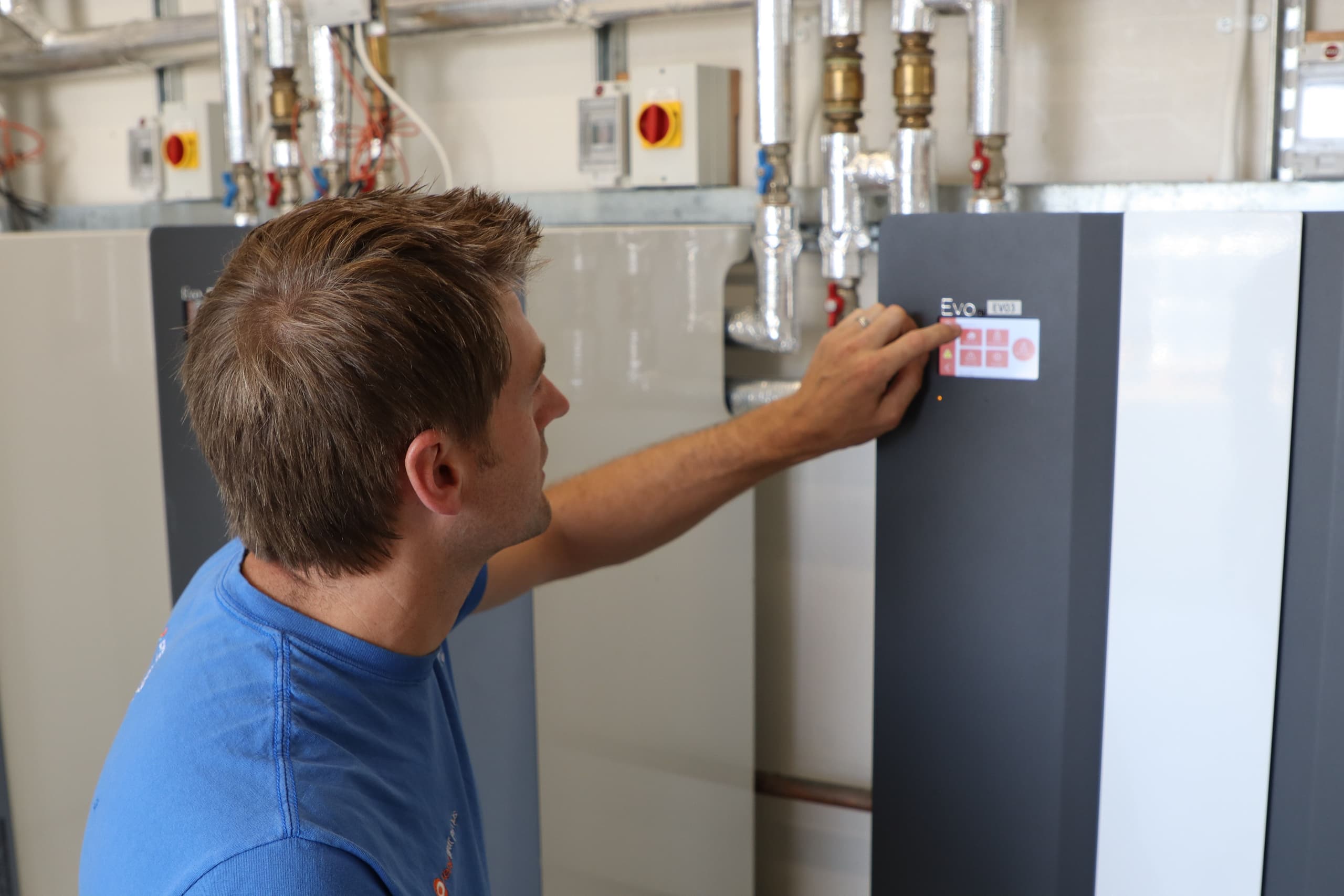Good CoP, Bad CoP
- Installers
- 6 min read
Electric compressor driven heat pumps using conventional refrigerants all have very similar characteristics when it comes to the question of how efficiently they perform. The ratio between electricity input and heat output is known as the Coefficient of Performance or CoP.
Manufacturers use several types of compressor (scroll, rotary reciprocating etc.) variously combined with different refrigerants (R134a, R407C, R410A etc.) to produce many different heat pump types, but they all behave in a very similar manner when it comes to how efficiently they operate. Despite what the marketing people might like you to think, nobody really has a magic compressor or special refrigerant, they are all within a few percentages of each other when it comes to CoP.
Of the compressor types, reciprocating are usually towards the bottom end of the league, but they do have the great advantage that they are very quiet thus enabling indoor installation, which in some ways offsets the slight loss of CoP – as any heat losses from pipe runs and the unit itself contribute to the heating rather than being lost.
But for all types, by far the most significant effect on CoP is the operating temperatures of the input and output circuits. The closer together these two temperatures are, the higher the CoP will be. For example, say an industrial heat pump that, according to the heat and electricity meters connected to it, produces over 60kW of heat for only 11kW of electricity. That’s an excellent CoP of 5.5 from a basic design unit, for the simple reason that the temperature difference between source and load is only about 20°C.
How can we minimise temperature difference and maximise CoP?
So how can we minimise this temperature difference and maximise our CoP in a typical heating application? The two sides of a heat pump are entirely separate and so must be treated differently. Let’s start with the source side – the ground array of a ground source heat pump (GSHP) or the air for an air source heat pump (ASHP). With a GSHP the temperature of the ground is relatively stable and will usually be about 11°C in the UK, so what we are aiming to do is get the temperature reaching the heat pump as close to this as possible. Within our industry, the old adage ‘you can’t have too much ground array’ remains as true as ever; the more pipe you put in the ground the better it will be in terms of temperature reaching the heat pump. Taking this too far would result in excessive pump energy being used, but within reason the more pipe the better.
What about an ASHP, the air temperature is the air temperature, right? Wrong actually. The discharge air from ASHP’s is colder than the surrounding air and therefore denser; an outdoor unit installed in a back garden at ground level with panel fences up both sides of the garden can literally drown in its own cold air discharge, leading to much reduced CoP for no obvious reason as you can’t see the cold air that’s trapped around the unit.
For practical reasons it is sometimes not possible to do very much to improve the source side, so our only option is improving the load side as a way of maximising CoP. Everybody knows that using oversized radiators or underfloor heating is the ideal, but again not always possible. What’s not commonly understood is that improving the insulation in a building has exactly the same effect as fitting larger radiators, but is actually a double win because it not only improves CoP (a lower flow temperature will now heat the rooms) but also reduces the overall amount of energy needed to heat the building – these are two separate things not to be confused.
The importance of checking the output side and heat emitters
What’s in between the output side of the heat pump and the actual heat emitters can also have a very significant effect on CoP. One case I looked at had a beautifully designed radiator system fitted in a well-insulated building, the theory said that no hotter than 38°C water would heat the building even on the coldest day, yet the electricity bills were far higher than expected. A quick temperature check of the radiators showed the expected 38°C, yet the heat pump was delivering 60°C at the outlet connection, constantly! The reason being the heat pump was connected to a thermal store that was sitting at 60°C. Hidden around the back of the thermal store was a thermostatic mixing valve set at 38°C, instantly knocking about 40% off the heating CoP. This was a large property with few occupants, so the lions’ share of the load was space heating, not hot water. All it needed was a simple re-configure of the plumbing so the heat pump was directly connected to the heating system when running in space heating mode and the electricity bill dropped 35% overnight!
In a normal installation, nothing should be fitted between the heat pump and the emitters that can cause or allow ‘mixing’ of flow and return water, as these can only cause a temperature step, making it necessary for the heat pump to operate hotter to achieve the same emitter temperature. The usual culprits apart from thermal stores are buffer tanks that have four connections in use, low loss headers that don’t have the flows balanced, and certain types of underfloor heating manifolds incorporating a pump.
Gold-standard installations also use ‘reverse return’ plumbing designs around the building to ensure that the distant emitters run at the same temperature as those close to the heat pump, eliminating the need to increase the flow temperature as compensation, although again these can be difficult to install in practice.
Weather compensation is another useful tool in the battle to keep heating temperatures down, for most of the heating season full temperature simply isn’t necessary, although experience has shown that it is best to be conservative with the amount of weather compensation applied and let the room thermostats do their job, otherwise, the circulation pump is always running, possibly causing the overall electricity consumption to rise a little from the optimum.
*First published in Installer magazine June 2016


